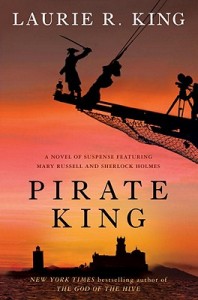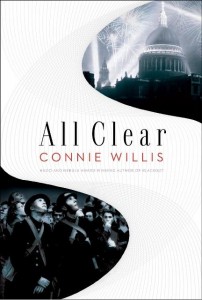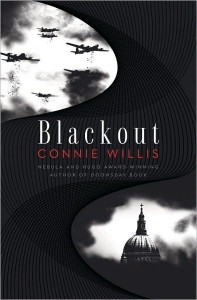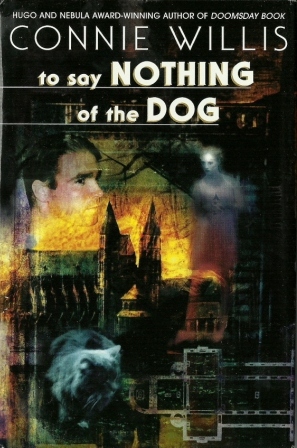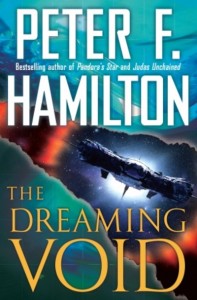Spoken-Arts.Swiftpassage.com and All Things That Matter Press are delighted to present Nicholas Sansone’s ‘The Calamari Kleptocracy’, my second narration project, available now from Audible.com and iTunes. Click to hear a sample from the book:
‘The Calamari Kleptocracy’ is a loss of innocence tale, the story of Thor Gunderson, a cheerful and congenial young man whose life is about to take a series of wild jolts and shocks as the people in his world each, one by one, bring Thor lessons in the complexity of human nature, and the existential character of the universe in general.
Sansone’s novel is ingenious for its capacity to craft a seeming allegorical America, which ultimately proves to be barely an allegory at all. It is, rather, a clearer vision of the plight of our nation in economic turmoil. Common people work hard, but don’t prosper. The rich get richer, and use the common folk as their pawns. The land of opportunity exists only as a memory of a dream.
The view-points and writing of Sartre, Brecht, and Ionesco all echo in this novel, but with their European existentialism adroitly imported and adapted to our native landscape. That mirror now reflects the hardships and harsh realities of an America enduring a crippling economy, turbulent sectarian divisions, encroaching Fascism, and a corruptly parasitic oligarchy.
But don’t be dismayed by the weighty underpinnings of this story. For all the complexity of the novel’s philosophical bones, the surface of the tale is light and humorous, and parades characters and events which are by turns sweet, amusing and colorful, before leading us with, at times, brutal honesty to the way things really are.
And how is that? Big business manipulates and gobbles up individual businesses. Individuals are manipulated into collectives against their own best interests. “Opportunity” has vanished from the American landscape. The prosperous prey upon an ever-shrinking and downwardly mobile middle class, an astonishing number of whom enter into incarceration in for-profit prisons. And yet there is always to be found light within human life: This was one of Ionesco’s clearest truths, which Sansone, too, demonstrates over and again, with a precise eye for the light, color, and minute details that fill the space in which his story unfolds.
Another brilliant aspect to Sansone’s story-telling is that he never demonizes anyone. All his characters, even the most corrupt, are complexly human mosaics of traits good and bad; full and simple at once.
For that, and many other reasons, I loved working on this audiobook presentation of Mr. Sansone’s novel. Find it today at Audible.com !




